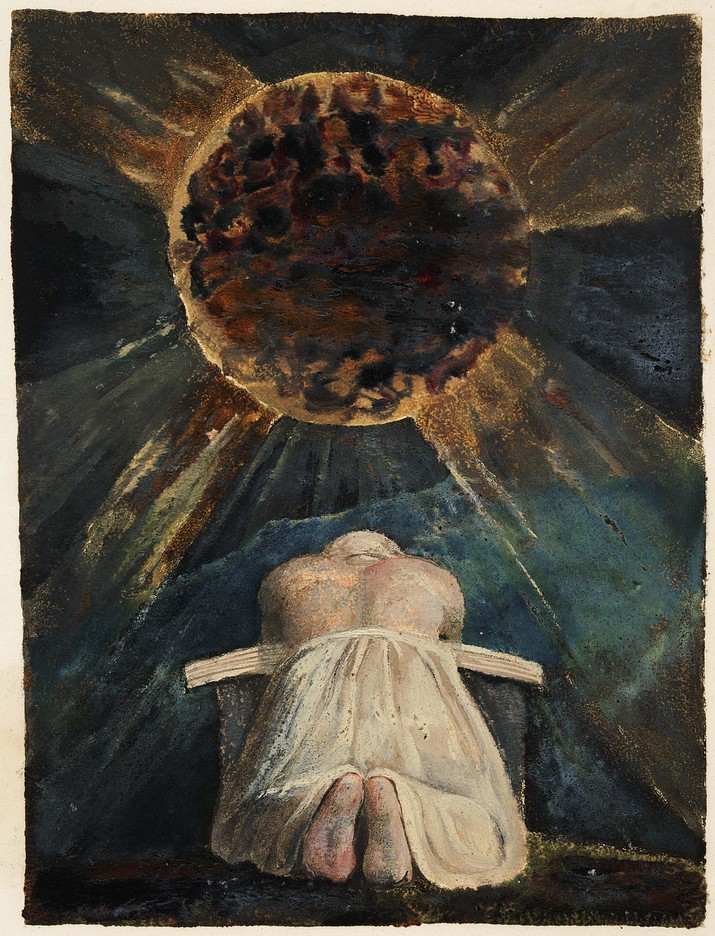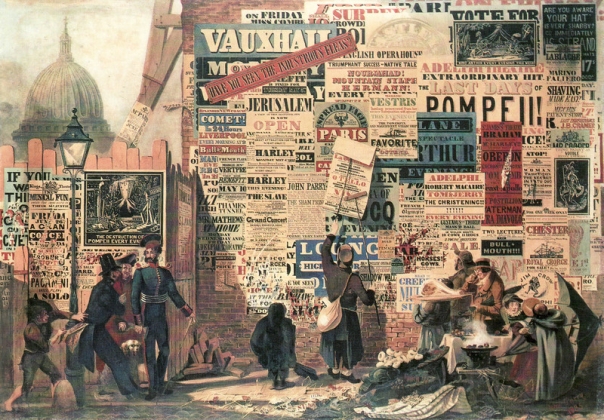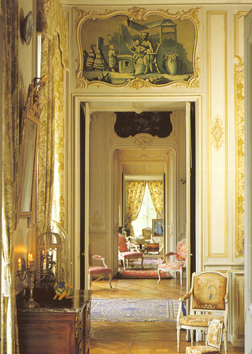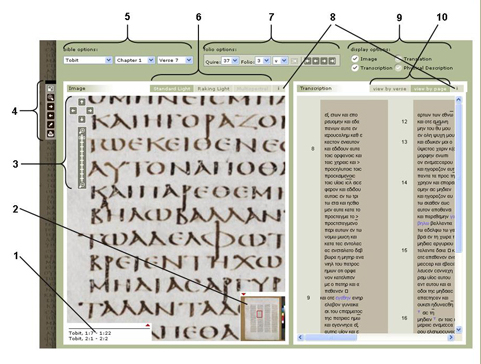
Song of Los, Copy C, object 1
The William Blake Archive is pleased to announce the publication of electronic editions of The Song of Los Copies C and E, from the Morgan Library and Museum and the Huntington Library and Art Gallery respectively. They join Copies A and D from the British Museum and Copy B from the Library of Congress, giving the Archive five of the six extant Copies of this illuminated book.
The eight plates of The Song of Los were produced in 1795; all extant Copies (A-F) were color printed in that year in a single pressrun. Divided into sections entitled “Africa” and “Asia,” The Song of Los is the last of Blake’s “Continental Prophecies” (see also America [1793] and Europe [1794], exemplary printings of which are in the Archive). Blake abandons direct references to contemporary events to pursue the junctures among biblical narrative, the origins of law and religion, and his own developing mythology. Adam, Noah, Socrates, Brama, Los, Urizen, and several others represent both historical periods and states of consciousness. The loose narrative structure reaches towards a vision of universal history ending with apocalyptic resurrection.

Song of Los, Copy E, object 1
Plates 1, 2, 5, and 8 (frontispiece, title page, and full-page designs) are color printed drawings, executed on millboards and printed in the planographic manner of–and probably concurrent with–the twelve Large Color Printed Drawings of 1795, which are also in the Archive. Plates 3 and 4, which make up “Africa,” and plates 6 and 7, which make up “Asia,” were executed first, side by side on two oblong pieces of copper (plates 3/4, 6/7). Initially designed with double columns in landscape format, the texts of the poems were transformed into vertical pages by printing the oblong plates with one side masked. In Copies C and E, plates 5 and 8 are differently arranged: 8 follows plate 1 and 5 is placed at the end in Copy C; 8 follows plate 3 and 5 follows plate 6 in Copy E.
Like all the illuminated books in the Archive, the text and images of The Song of Los Copies C and E are fully searchable and are supported by our Inote and ImageSizer applications. With the Archive’s Compare feature, users can easily juxtapose multiple impressions of any plate across the different copies of this or any of the other illuminated books. New protocols for transcription, which produce improved accuracy and fuller documentation in editors’ notes, have been applied to all copies of The Song of Los in the Archive.
With the publication of these copies of The Song of Los, the Archive now contains fully searchable and scalable electronic editions of seventy copies of Blake’s nineteen illuminated books in the context of full bibliographic information about each work, careful diplomatic transcriptions of all texts, detailed descriptions of all images, and extensive bibliographies. In addition to illuminated books, the Archive contains many important manuscripts and series of engravings, sketches, and water color drawings, including Blake’s illustrations to Thomas Gray’s Poems, water color and engraved illustrations to Dante’s Divine Comedy, the large color printed drawings of 1795 and c. 1805, the Linnell and Butts sets of the Book of Job water colors and the sketchbook containing drawings for the engraved illustrations to the _Book of Job_, the water color illustrations to Robert Blair’s The Grave, and all nine of Blake’s water color series illustrating the poetry of John Milton.
As always, the William Blake Archive is a free site, imposing no access restrictions and charging no subscription fees. The site is made possible by the University of North Carolina at Chapel Hill, the continuing support of the Library of Congress, and the cooperation of the international array of libraries and museums that have generously given us permission to reproduce works from their collections in the Archive.
Morris Eaves, Robert N. Essick, and Joseph Viscomi, editors
Ashley Reed, project manager
William Shaw, technical editor
The William Blake Archive
Continue reading






